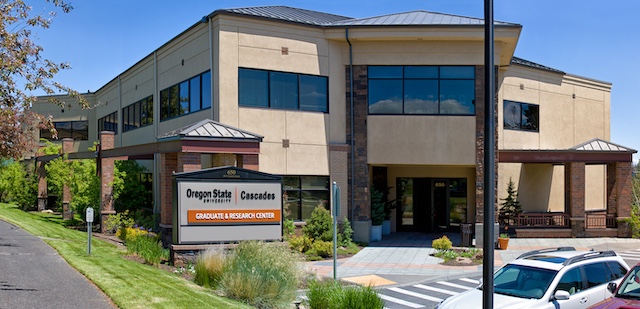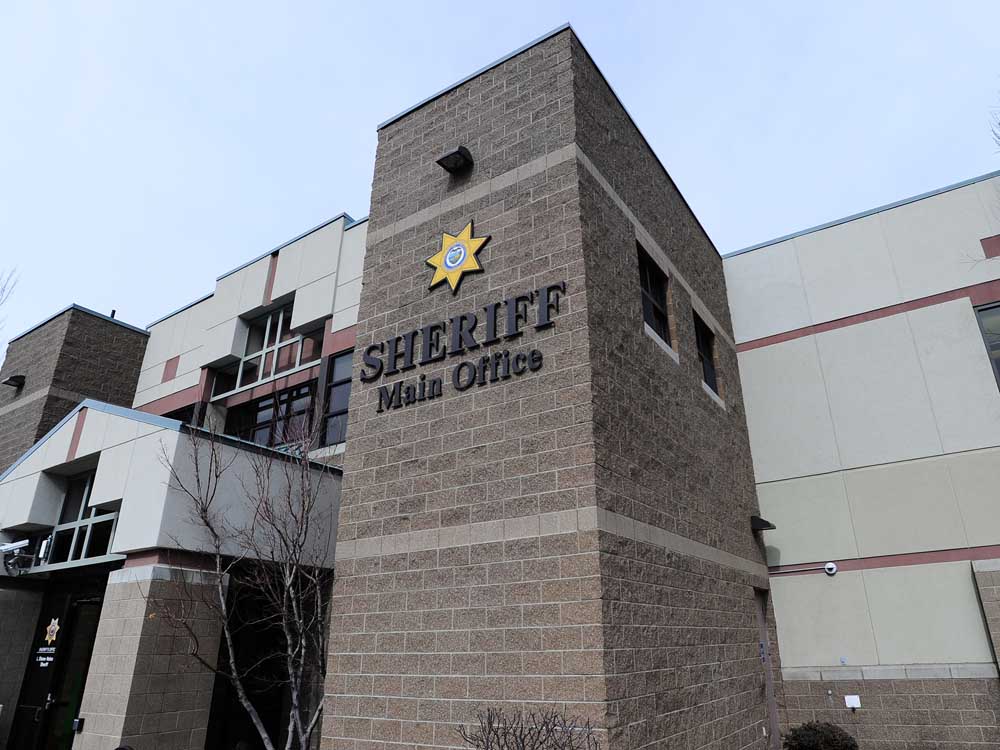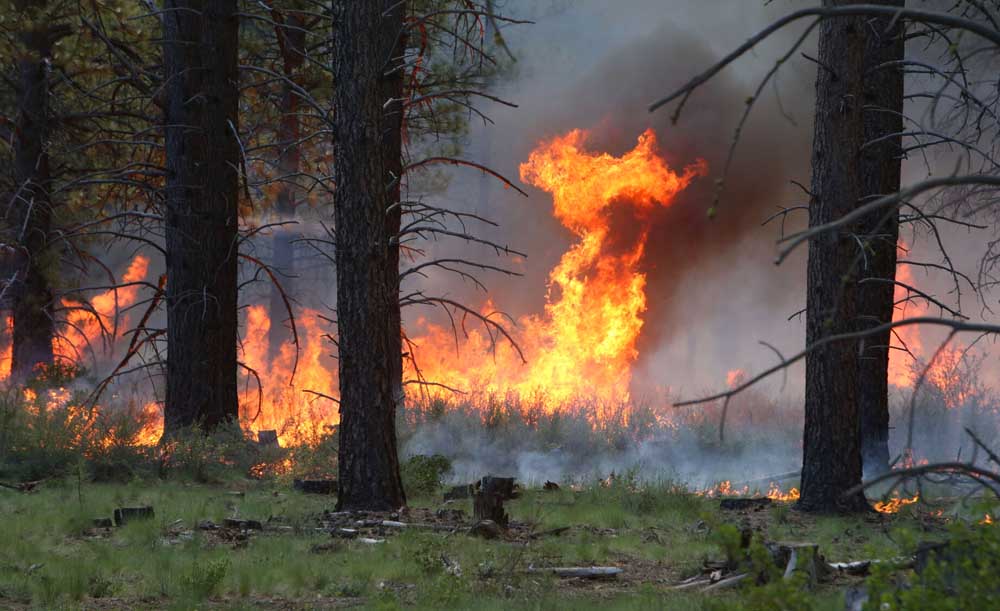Oregonians could see more smoke in spring and fall
Published 12:00 am Thursday, August 23, 2018

- A fire worker moves along the edge of a prescribed burn south of Bend in April 2013. (Bulletin file photo)
More smoke from prescribed fires could be on the way to Central Oregon and other parts of the state during the spring and fall, thanks to a set of proposed rule changes.
As the wildfire smoke thickened on Wednesday evening, representatives from the Oregon Department of Environmental Quality and the Oregon Department of Forestry heard public comments about a proposed series of rules that loosen restrictions on smoke from controlled burns entering communities or protected areas, along with several other changes. While residents differed on specifics, the comments were unanimously in support of looser rules around controlled burns.
Trending
“Anything we can do to provide more treatment, more prescribed fire, we’re supportive of that,” said Roger Johnson, fire chief for the Sisters-Camp Sherman Fire District.
Michael Orman, air quality manager for Oregon DEQ, said the proposed changes could lead to more smoke in Bend and other cities near the forest during spring and fall — when most controlled burns typically occur. However, Orman said he was optimistic that the approach would lead to more controlled burning, a useful tool for preventing and limiting wildfires in Central Oregon and beyond.
“It opens up the window, so to speak, to allow more opportunities to burn,” Orman said prior to the meeting.
This, in turn, could potentially lead to fewer wildfires — and less smoke, by extension — during the summer and early fall.
The public hearing, the second of five planned across the state, brought in about 35 people, ranging from forestry experts to private citizens to elected officials, including Bend City Council member Sally Russell and Deschutes County commissioners Tony DeBone and Phil Henderson. Everyone who spoke wanted more leeway for controlled burns, and several speakers, including DeBone and Russell, worried that burns wouldn’t be expanded enough because of a proposal to limit burning if the one-hour average of particles in the air exceeds a certain threshold.
The two state agencies have looked into changing restrictions on the burns for a couple years, Orman said. The state forestry department advises landowners about whether conditions are right for burning, looking at factors like wind direction and air quality. If the agency believes that smoke may enter a community, the burn may be limited or delayed, Orman said.
Trending
Nick Yonker, meteorology manager for the state forestry agency, said an average of 160,000 acres are burned annually in Central Oregon. The proposed rules would slowly increase that total, potentially doubling it over the course of several decades.
In addition to changing the definition of a smoke intrusion to allow more flexibility for fire managers, Orman said the proposed rules allow smoke managers to use air quality data, rather than visual instruments, to measure smoke intrusions.
“It’s a better tool to measure overall impacts from smoke,” Orman said.
Moreover, the rules would remove limits on burning piles of debris covered with polyethylene sheeting. Orman said polyethylene, a type of plastic, has been shown to cause hotter, cleaner burns. Orman said the rules also allow communities to request a temporary exemption from air-quality restrictions for nearby burns, as long as they provide a plan to notify residents.
“That’s something that we’re very interested in hearing the public’s feedback on,” Orman said.
Written comments on the proposals will be accepted until 5 p.m. on Sept. 14.
— Reporter: 541-617-7818,shamway@bendbulletin.com








